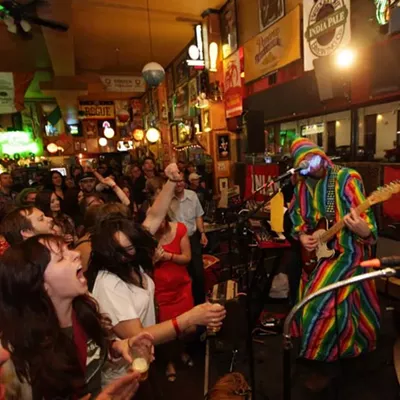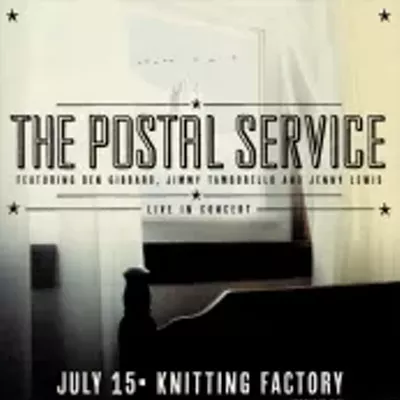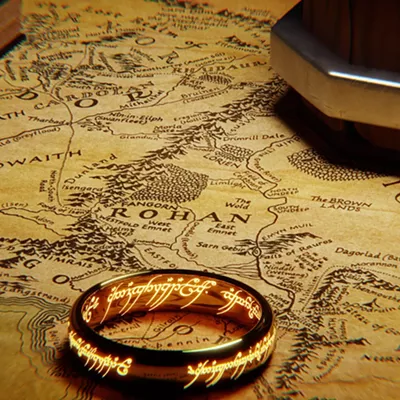Monday, July 15, 2013
Q&A: Behind the scenes of The Inlander's documentary about axe murderer Sidney Sloane
Nathan Brand’s latest short documentary for The Inlander tells the story of Sidney Sloane, a Spokane youth who killed his father with an axe in 1906. His trial was sensationally covered by all the newspapers, and after he was released at age 40 he went on to become a well-known artist.
After Brand wrote about the story in this week’s issue, we asked him some questions about the making of this video. (See his earlier documentaries on Liberty Park and the Park Inn here.)
How did you first hear about Sidney Sloane? Did you already know how the story ended?
I’m interested in murders that have occurred in my neighborhood. I was researching a man named Reno Hutchinson who was killed on Seventh and Howard in October of 1906. He was the general secretary of the YMCA, and his murder was never solved. I was browsing a Spokane history book and Sidney’s story was in the next paragraph. It was infinitely more interesting than Reno Hutchinson, so I changed my focus.
I knew he was released around 1929 because that was one of the first articles that I found. I had no idea what his life was like after his release. I saw in the 1930 census he was listed as an “artist” and living with his mother, and I assumed that he wasn’t very successful at his craft.
Looking through all the newspaper coverage from the time, how does it compare to modern media coverage of murders and trials?
There seemed to be no official rules back then on what was allowed into print. For instance, today the identity of jury members is not allowed to be published while the trial is going on. In the Sidney Sloane trial, they printed all of the jurors’ full names and professions. They also reported on which jurors looked sick, exhausted or overcome with emotion.
The media was given access to visit Sidney’s cell whenever they wanted. Today someone like Clay Starbuck, who was recently convicted of murdering his wife, could easily just ignore the media’s request for interviews and stay isolated in his cell. Sidney didn’t have that choice. He was viewed by hundreds of people like a circus animal.
How did you choose to film reenactment scenes for some of the action? Do you consider those challenges before choosing a topic?
Most of the history projects I’ve done recently involve a lot of newspapers slowly moving left or right. It's not super exciting for the audience to look at. I like having the chance to inject a something a little more exciting every once in a while. I’ve done a lot of really bad short films and web shows in the past. My friends and I have a lot of the equipment already. I storyboarded everything the night before. My friend Matt owns a crane. We shot in his basement. I had an actor I knew named Jason Young play Sidney’s father, and I had scheduled another actor to play Sidney, but since he overslept, I ended up doing it.
I try and pick projects that have a lot of strange and interesting elements. I want a few twists and turns. I think of the most dynamic and impactful telling the story, then make myself miserable for weeks trying to schedule and finish everything.
Were there any people or parts of the story you had to leave out?
Sidney had a little brother named Lloyd who led an incredibly interesting life. He visited Sidney in the cell after the crime and cried for his brother. Lloyd fought in World War I and ended up staying in France. He became an international businessman in Paris and married a woman there. They had two children, Jacques and Robert. When WWII broke out, the family narrowly escaped the Nazis. The Spokesman-Review interviewed the children about their dangerous journey to Spokane. They visited their Uncle Sidney and their grandmother. The two boys apparently loved Comstock pool. The family then moved to Mexico City. Jacques is still alive and living in Barcelona. I did contact some of the descendants of the Sloane family, but they’d prefer not to shine a light on this dark area of their family history.
Tags: Culture , Arts & Culture , Video















